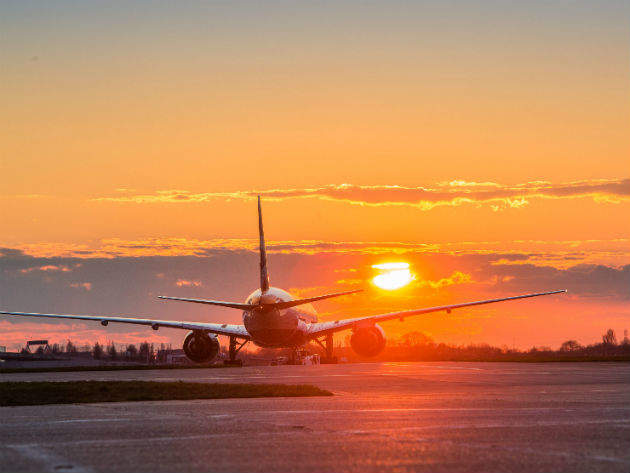
For those at the National Air Traffic Control Service (NATS), it could be a very busy summer. Predictions are that a record 770,000 flights will take to the sky as families, in particular, get away for their holidays. If correct, it will be 40,000 more than last year.
Jamie Hutchison, a director at NATS’ Swanwick air traffic control centre, which handles traffic over England and Wales, was clear on 21st July – when 8,800 flights made it a record-breaking day for the country’s aviation sector – saying: “In the last few weeks we have already safely managed record-breaking daily traffic levels, but the ageing design of UK airspace means we will soon reach the limits of what can be managed without delays rising significantly.”
This warning is backed by research from the Department for Transport (DfT) that shows there could be 3,100 days’ worth of flight delays by 2030 and potentially 8,000 cancellations a year, if the airspace above remains the same.
Neil Bradford, from London Luton Airport, told ITV News Anglia that “demand for UK airspace is at an all-time high”. This is welcome news to many for numerous reasons. Still, the DfT figures clearly underline the potential for problems; problems that, if left to fester, will grow into passenger anger and a clogged, cumbersome system. And, what about the economic damage? Politicians are, after all, very fond of talking up the trade and business benefits of air travel (see the Heathrow debate).
A crowded sky is not inherently unsafe, however, according to Nate Turner, a former pilot and now product manager at Honeywell Aerospace. “With so many planes in the sky at one given time, some may be concerned about the margin for error for pilots or air traffic control,” he says. “However flying today is safer than ever before. Through new developments in cockpit technology and inflight connectivity, pilots can ensure safer and more efficient flights, even during busy air traffic days.”
That’s not to say that airspace is not in need of reform. The UK government ran a consultation from January to May – ‘Reforming policy on the design and use of UK airspace’ – and officials are currently analysing the feedback. NATS CEO Martin Rolfe supports change, telling the BBC’s Today programme that a modernised airspace “means we can keep aircraft higher for longer”.
He added: “We can have them descend more steeply than they currently do because modern aircraft are more capable than the types of aircraft that were in service when this airspace was originally designed.”
On top of this, the government has opened a new discussion to, in the words of Transport Secretary Chris Grayling, determine the “long-term vision for the sector to 2050 and beyond”. A final strategy will be published by the end of next year.
The initial noises coming out of airports and airlines are positive, but Glyn Jones, CEO of London Southend Airport, sounds a warning: “Passengers need to see decisive action now to resolve the issues the UK is facing both in terms of packed flight paths and London’s other airports full to capacity.” Time is of the essence, otherwise “the punctuality issues and negative impact on the environment will only get worse”.



